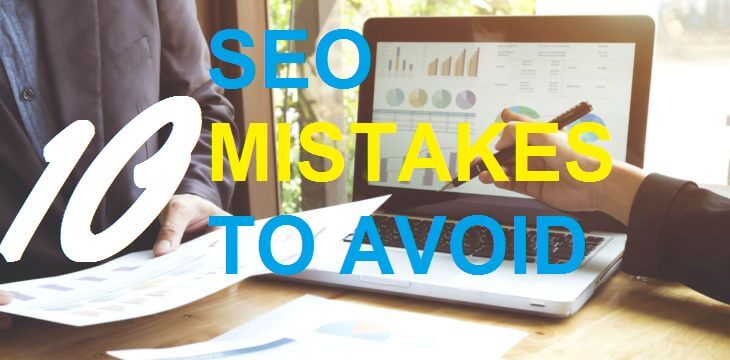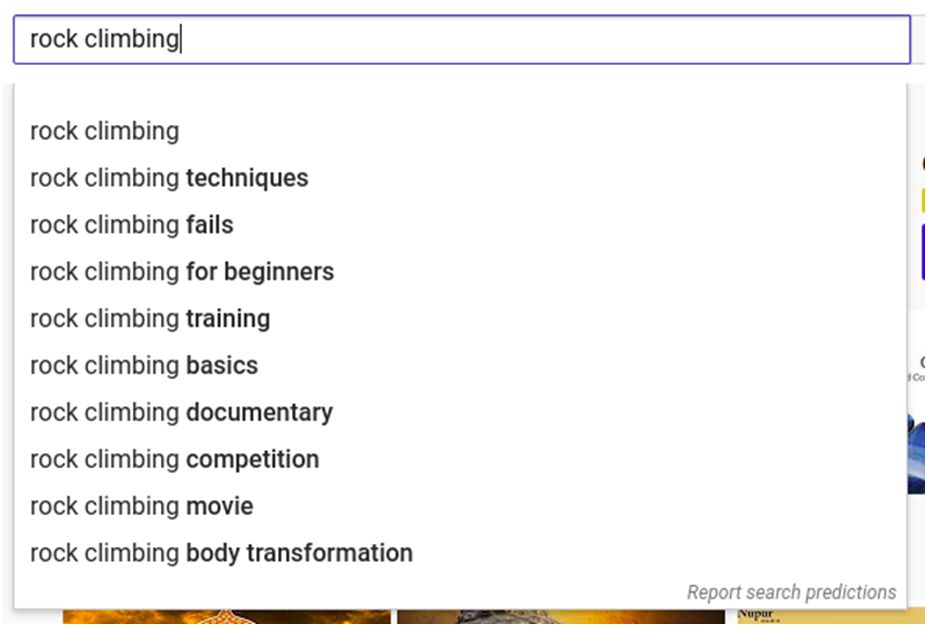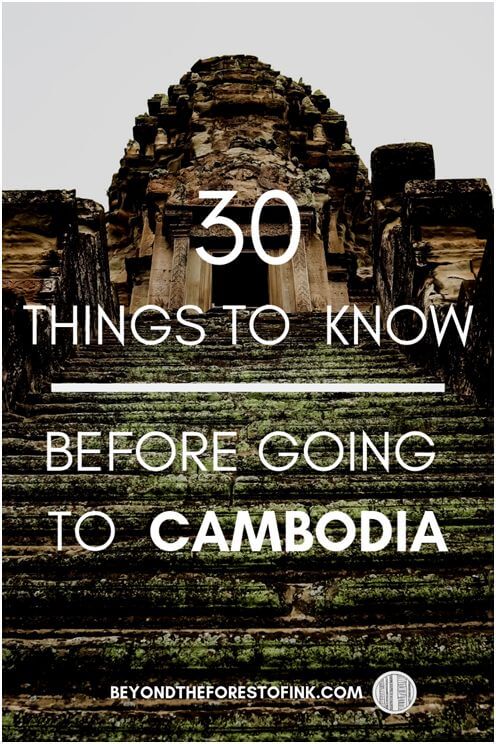
SEO is like fashion – every year it’s different. New global trends emerge – like voice or image search. Things that worked great a couple of years ago don’t work today. Google keeps changing its algorithm to serve more relevant results – and you have to follow.
In this post, I’ll tell you about 10 basic mistakes that lots of website owners – and even SEO professionals – still make. You’ve probably made some of them, too! Don’t get discouraged, though – once you know what’s wrong with your SEO, you can fix it.
Are you ready?
Let’s go.
1) Keywords stuffing
Do you know what’s the worst nightmare of a content writer? An SEO “specialist” that comes to you with a list of 10 or 20 near-identical keywords and says you have to use them all.
Believe me, if your post is about car rental in London, you don’t need to cram it full of “car rental in London”, “London car rental”, “auto rental in London”, “how to rent a car in London” and so on. Google’s AI is so good that it will know what your article is about from just a couple of keywords. But your readers will get annoyed and leave your site if they find it stuffed with keywords.
2) Slow loading speed
Loading speed has been part of Google’s algorithm since 2010. If your pages take ages to load, the search engine will penalize you. And as mobile searches become even more dominant, the importance of speed can only increase.
The main reason behind slow speed is the hosting company. Hosting providers have different response times – though the more expensive ones aren’t necessarily better. The uptime matters, too. If your site is down when Googlebot arrives to crawl it, it will go away without indexing your pages. So don’t sign up to the first cheap offer you see. Do some research first: there are free online tools that rank hosting companies for speed and uptime.
3) Not optimizing for voice searches
In the US, 50% of smartphone users perform at least one voice search every day. Nobody likes to type long search queries on their phones. And now that mobile devices have become so good at recognizing speech, why even bother?
There are two elements to SEO optimization for voice searches.
The first is loading speed – I’ve dealt with it in Mistake no.2.
The second is the choice of keywords.
Think of what your visitors would say – not what they would write. So, for example, not “best burger restaurants in London” but “where can I have a good burger in London”. Get creative and look for less formal alternatives that sound natural.
4) Not learning about mobile-first indexing
On July 1, 2024, Google made a mobile-first indexing default for all new websites. This means that new sites will be crawled by the smartphone agent of Googlebot. For older sites, nothing has changed… yet. Since global mobile traffic overtook desktop traffic in 2024, mobile is becoming the primary format for sites. So make sure that your site is fully responsive – or that you have a separate mobile version. In the brave new world, more mobile-friendly sites will rank higher.
5) Not using YouTube SEO
What do you think is the second-most-popular search engine after Google?
Not, it’s not Bing. It’s YouTube.
It serves over 3 billion searches monthly. Unsurprisingly, YouTube SEO is widely considered among the key SEO trends of 2024.
Of course, to master SEO on YouTube, you’ll need videos. You can shoot them yourself, ask your loyal customers to make some for you, order reviews from vloggers – whatever you like. On the SEO side, you’ll need to master video keyword search. Luckily, on YouTube it’s easy – just enter something in the search bar, and you’ll see what others look for:

Credit: YouTube
6) Not adding alt text to images
Last year, Google’s John Mueller reminded us all about the importance of image alt tags:
Google crawls alt text to understand what’s on a picture. And as image search is getting more popular, you want your images to rank high – not just your text.
You can – and should – insert keywords into your alt description, just don’t stuff them. Make your alt tag rich and descriptive.
For instance, “girl” isn’t a good alt text. “Girl in a green dress holding a bulldog puppy” is much better. Oh, and by the way – image file names matter, too.
7) Posting poorly structured content
Googlebot can’t understand if your posts and pages are interesting to read. But it can evaluate the quality of your content based on its structure. Google distinguishes headings, lists, images, and links to external sites. It also views them as useful – that is, something readers would appreciate.
If your content contains all these elements, you’ll have a better chance that Google will like it – and rank it higher. So don’t post a solid mass of text. Break it into subsections, insert a list, a link to a video, some images, and so on. Make it look engaging and easy to read.
Of course, well-structured content is just one side of the medal. The other is what you write. Your texts need to be good, too. If your page ranks high, users might click on it. But if they find badly written or boring content, they won’t convert. So think twice before you hire the cheapest copywriter out there.
8) Using separate keywords instead of topics
Googlebot doesn’t just see separate words in a search query – it understands what its topic is. So it can serve relevant results even if they don’t have that keyword.
This means a huge shift for SEO.
We need to start thinking in terms of topics, not single pieces of content. Try to rearrange your pages into clusters centered around different topics. Choose the main page (pillar page) for each cluster and make sure others link to it. It will help Google crawl your site faster – and the pillar page will eventually rank much higher.
9) Placing words on top of images

Google can figure out what’s on a picture – as long as it has an alt tag. But it definitely can’t read the words you insert into your image. Sure, a collage with a heading looks great – and it can even convert your visitors. So don’t throw out those beautiful collages. But if the words on an image are your keywords, make sure you use them somewhere else, too – for example, under an image. By the way, the test located near images is prioritized by Google.
10) Not building quality external links
Reputation is a key element of your rankings. Do important sites link back to your pages?
If yes, it can significantly improve your position in the results. In fact, according to Moz, backlinks can be more important than any other SEO feature of your site.
External links aren’t all created equal, though. Google also evaluates the quality of the sites that link back to you.
Are they popular, trustworthy, and relevant?
If not, it won’t help you.
So don’t buy backlinks on poor-quality sites. Invest time and effort into posting your articles or links on those resources that people actually read.
In conclusion
Is this list exhaustive?
Of course not.
But you can’t possibly correct all the SEO mistakes on your site at once. So start with these ten – and see the results. Some of them are easier to fix – for example, switching to a better, faster host will just take a couple of days. Some – like link-building – can take months. And that’s ok, because SEO is an art – and like any art, it takes time to master.